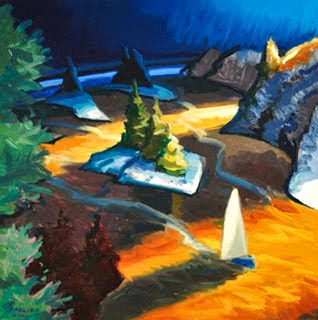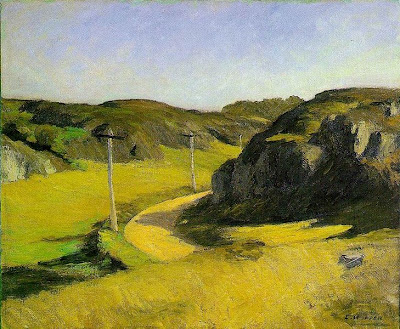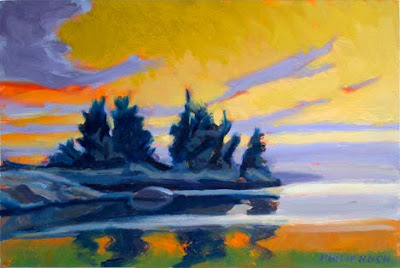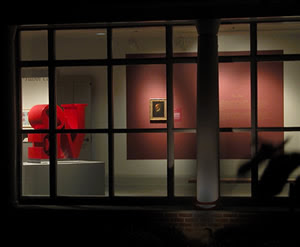Mixing It Up

Philip Koch, The Sentinel, oil on panel, 28 x 42", 2010 I wanted to show you a little of my working process. Above and just below are two paintings I was working on just this morning. The Sentinel was begun a number of years ago from direct observation out in the town of Tomball, Texas (you may think I'm joking but I actually chose the location based on its name when I was looking at a map of the state. I confess my love of cats, including males, swayed me). I've moved back into the studio to finish the painting. These days most of my moves come either from memory or my imagination. What I'm aiming at is a kind of painting that exists just a bit beyond the ordinary, as if perhaps I'm showing you the landscape as it might appear in one of your dreams. Philip Koch, Northern Sky, oil on panel, 7 x 10 1/2", 2010 You'll notice the two paintings are radically different sizes. Northern Sky was completely invented in the studio with me imaging the a reverie of th...







